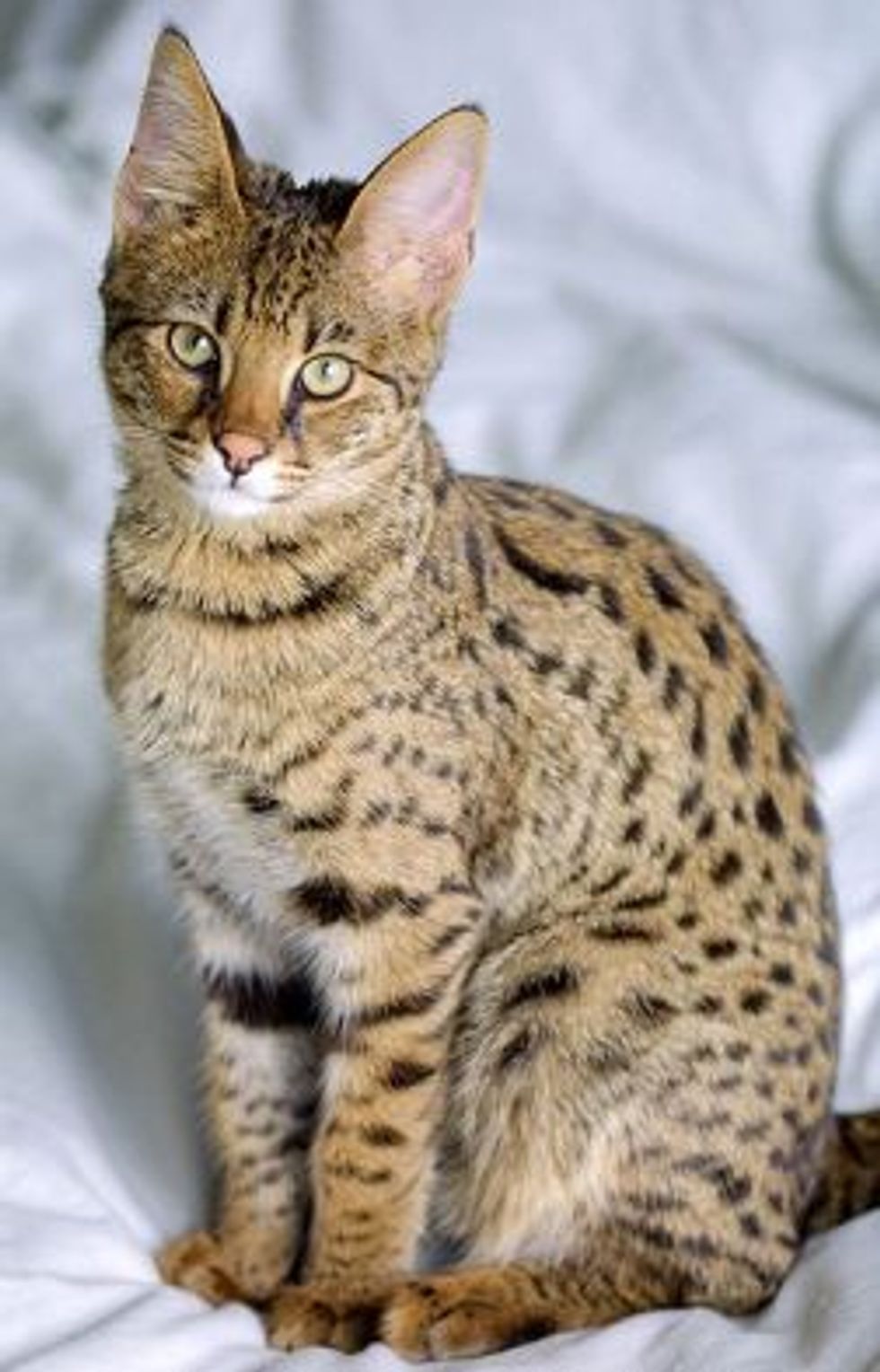If you see your cat sneezing or/and having a runny nose. Chances are your cat may be having a cat cold. Cat flu is different from human flu. It comes from a virus or bacteria that is particular to cats. Upper Respiratory Infections are very common in cats, but the symptoms and severity of the illness may vary. It is imperative to have your cat seen by a vet if you suspect that your cat might have gotten a cold. The infections are extremely contagious and can be easily passed onto other cats if they have not been vaccinated against this type of virus. Kittens or older cats are especially susceptible to contracting the virus.
What are the symptoms of Upper Respiratory Infections?
The most common signs of cat flu are sneezing, coughing, runny nose, discharge from the eyes or nose, irritated eyes, fever, dehydration, loss of appetite and so forth.
In many cases, sneezing is the only sign of an infected cat. According to a veterinarian, most of the sneezing cats she has encountered were infected with upper respiratory infections. Rarely is sneezing caused by allergies. Your vet will give you an accurate diagnosis for your cat's condition.
One of my cats has caught cat flu. What should I do?
If you live in a multi-cat house, one or 2 of the cats have infected upper respiratory infections, you should promptly separate the healthy cats from the sick cats to prevent passing the virus to the healthy ones. Even though your cats have received vaccination shots, it does not guarantee that they will not be infected. All eating, drinking utensils should be separated and cleaned. The virus or bacteria can also be transmitted easily through urine or feces. It is crucial to have the litter box disinfected and separated for the cats as well.
Keeping the cats in separate rooms is not 100% illness-proof. The virus is airborne and can transfer to another room very easliy. Take your cat to the clinic as soon as you can. Your vet will help determine the proper treatment for your cat.
My sick cat has been living with other cats for a week. Has the virus infected other cats too?
It is possible that some of the cats may have been infected because the virus is extremely infectious and can be transmitted through air in a short period of time. Cat owners should immediately separate those cats and watch if they are showing any signs of a cold. If you suspect one of your cats might be affected, take it to see a vet.
What is the cause of upper respiratory infections?
Most of the upper respiratory infections are caused by calici virus or rhinotracheitis virus. "These infections can weaken your cat's immune system, which allows a secondary bacterial infection to take root. The secondary infection may make diagnosis difficult, as it will introduce new symptoms" according to Vetinfo.com.
How to treat upper respiratory infections?
Cat flu can be treated through medications, usually antibacterial agents or other antibiotic medicine. Ointments or eye drops are often prescribed to treat eye discharge or conjunctivitis. Your vet will make an assessment of your cat's condition and recommend a proper treatment plan for your cat.
I just got my cat from a shelter and he was fine until he moved to his new home. He is sneezing and having a runny nose now. What has happened?
Many cats, especially those from the animal shelters, humane society, animal rescue organizations, are carriers of the upper respiratory virus, but the cat may stay dormant until it moves to a new environment or experiences a great deal of stress or anxiety. Those are the triggers which can cause the virus to kick in and become active and thus your cat starts showing cold like symptoms.
Source:
https://www.vetinfo.com/feline-sneezing-respiratory-infection.html


